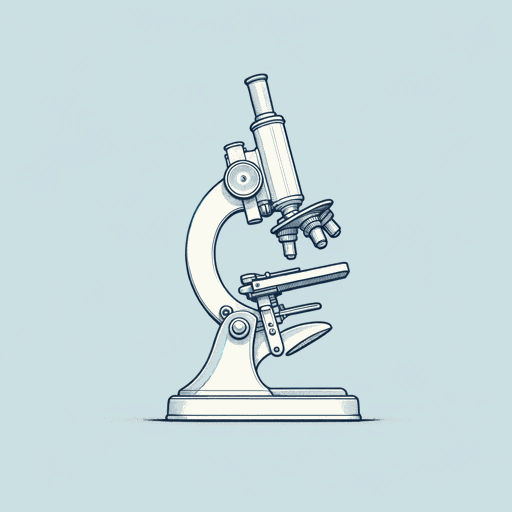48 pages • 1 hour read
Deborah BlumThe Poison Squad: One Chemist's Single-Minded Crusade for Food Safety at the Turn of the Twentieth Century
Nonfiction | Book | Adult | Published in 2018A modern alternative to SparkNotes and CliffsNotes, SuperSummary offers high-quality Study Guides with detailed chapter summaries and analysis of major themes, characters, and more.
Part 1, Chapters 7-8Chapter Summaries & Analyses
Part 1, Chapter 7 Summary: “The Yellow Chemist”
In November of 1904, novelist Upton Sinclair began research into the working conditions inside Chicago’s slaughterhouses. He spent seven weeks undercover in the stockyards and butcheries, observing the appallingly gruesome and unsanitary state of the industry, and interviewing those employed there. He discovered what he expected: that workers were paid poorly to work in dangerous environments, in which they often suffered devastating injuries, with no rights afforded to them by their employers. Sinclair was further horrified by the complete lack of any hygiene protocols. In 1905, his novel The Jungle began to be published in serial increments in the small socialist newspaper Appeal to Reason. Sinclair did not omit any of the gruesome details in writing his narrative, and his original contract with Macmillan publishers to publish the Jungle in its complete form was cancelled. Sinclair shopped the manuscript to another publisher, Doubleday, Page, & Company. Before considering publication, Doubleday sent the Chicago Tribune a copy of The Jungle to solicit the newspaper’s opinion on the facts of Sinclair’s assertions. When the Tribune refuted every claim that Sinclair made, the publisher became suspicious of the newspaper’s overly praiseworthy depiction of the slaughterhouses.
Related Titles
By Deborah Blum


